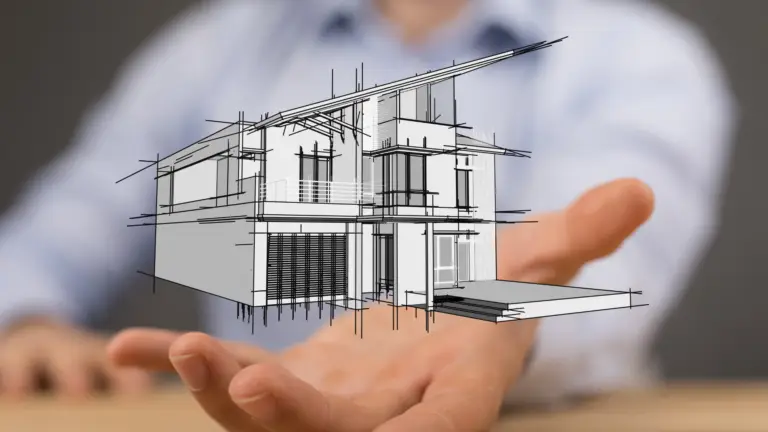Prefabricated homes, often referred to as prefab homes, offer an efficient and modern approach to residential construction. These homes are built off-site in sections and then assembled on the construction site. In this article, we will explore the construction of prefabricated homes and the advantages they offer in terms of efficiency and contemporary design.
To view AH Construction’s projects click HERE
The Rise of Prefabricated Homes
Prefabricated homes have gained popularity in recent years due to their streamlined construction process. These homes are constructed in a factory or off-site location, allowing for precision and quality control. The sections are then transported to the construction site for assembly.
Efficiency in Construction
One of the key advantages of prefabricated homes is the efficiency in construction. Since many components are built in a controlled environment, there is less risk of weather-related delays and on-site issues. This results in quicker construction and cost savings.
Contemporary Design Options
Prefabricated homes offer a wide range of contemporary design options. Homebuyers can choose from various layouts, architectural styles, and finishes. Modern design principles are often incorporated, resulting in sleek and stylish homes.
Energy Efficiency
Many prefabricated homes are designed with energy efficiency in mind. High-quality insulation, energy-efficient windows, and modern HVAC systems contribute to reduced energy consumption and lower utility bills.
Environmental Considerations
The construction of prefabricated homes is often more environmentally friendly than traditional construction. The controlled manufacturing process generates less waste, and energy-efficient features can lead to a reduced carbon footprint over the life of the home.
Customization
Prefabricated homes are not one-size-fits-all. Buyers can customize their homes to suit their preferences, from floor plans to interior finishes. This level of personalization is a significant advantage for those looking for a home that reflects their unique style.
Quality Control
Quality control is a crucial aspect of prefabricated home construction. Builders can maintain consistent quality standards in a factory setting, resulting in well-constructed homes with fewer defects.
Faster Construction Timeline
Prefabricated homes are typically built faster than traditional homes. Since many components are manufactured simultaneously, there is a significant reduction in construction time.
The construction of prefabricated homes offers a modern and efficient approach to homeownership. With a focus on contemporary design, energy efficiency, and quality control, these homes provide an attractive and practical housing solution. Whether you’re looking for a primary residence or a vacation home, consider the advantages of prefabricated homes in your housing search.
To view AH Construction’s projects click HERE




